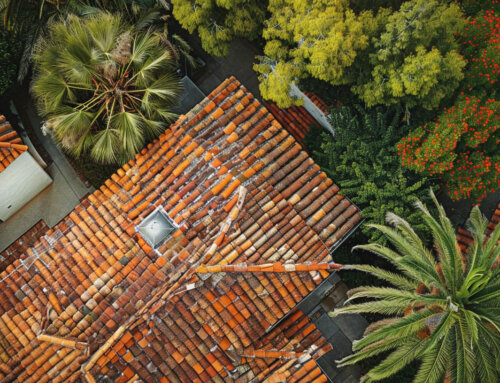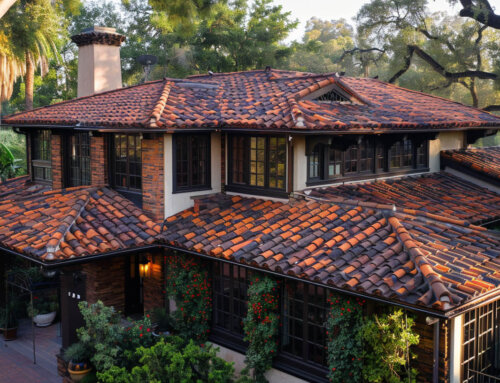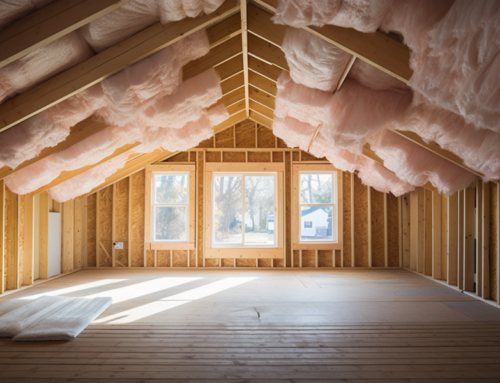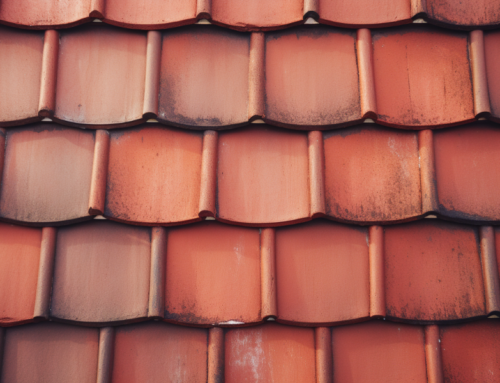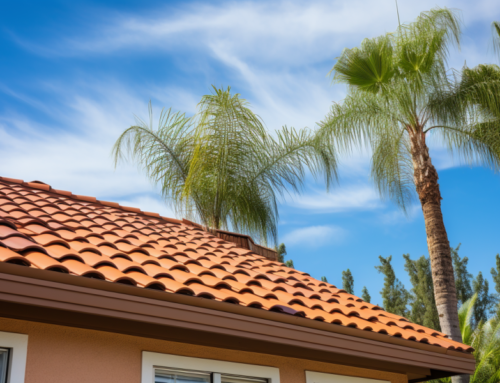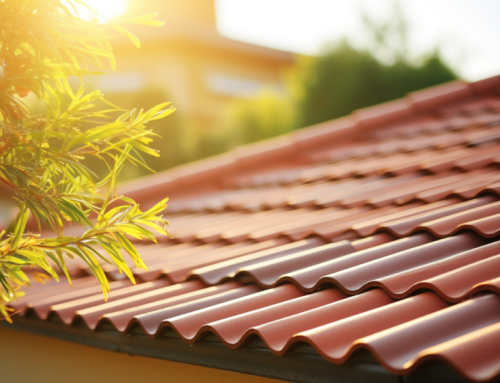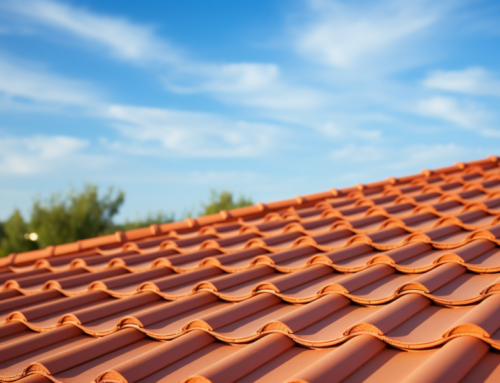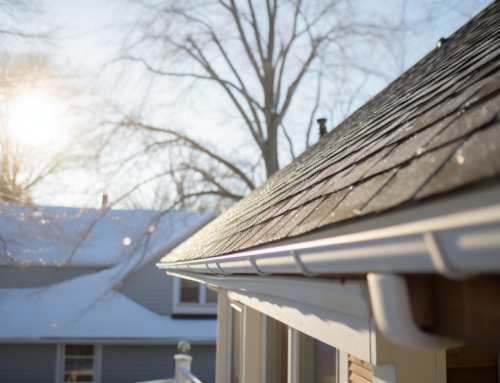The angle and slope of a roof, known as its pitch, plays a pivotal role in determining the architectural aesthetics and functional efficacy of a structure. Grasping the intricacies of roof pitch can empower homeowners to make judicious choices concerning roofing materials, upkeep, and more.
Decoding the Roof Pitch
The steepness or incline of a roof is encapsulated in its pitch. This is usually articulated as a ratio, denoting the vertical elevation against the horizontal span. For instance, a pitch of 5/12 implies that the roof ascends by 5 feet for every 12 horizontal feet. Roofs with pitches less than 2/12 are categorized as flat, whereas those with a pitch of 10/12 or more are seen as notably steep.
Implications of Varied Roof Pitches
Each pitch type brings its own set of benefits and considerations:
- Flat Roofs (less than 2/12 pitch): Economically viable, these roofs can be transformed into green roofs, adorned with flora for both visual charm and energy conservation. Their downside includes potential drainage challenges and heightened maintenance, especially in locales with substantial rain or snow.
- Moderate Slope Roofs (around 4/12 pitch): With their subtle incline, these roofs ensure rapid rainwater drainage without jeopardizing shingles. Their design is apt for regions prone to gusty winds, but they might falter in snowy terrains.
- Sharp Roofs (more than 8/12 pitch): Excelling in snow dispersion, they also promise generous attic space and optimal ventilation. Their Achilles’ heel is their vulnerability to gusty conditions. For any endeavors on such roofs, it’s prudent to engage seasoned professionals, like those at San Diego County Roofing & Solar.
Contrasting Gable and Hip Roofs
Two dominant sloped roof designs are the Gable and Hip Roofs:
- Gable Roofs: Characterized by dual slopes converging over a triangular section. They excel in water and snow dispersion and proffer expansive attic regions. Their limitation lies in their susceptibility to strong winds.
- Hip Roofs: These extend slopes on every home side, bestowing a robust framework apt for snowy and windy zones. They offer augmented defense against external elements but come at a premium and afford lesser attic space compared to gable roofs.
Ascertain Your Roof’s Incline
To gauge your roof’s pitch with precision, a carpenter’s level can be employed within the attic. By aligning the level against a rafter and gauging the vertical span from the level’s 12-inch mark to the rafter, the slope can be deduced. Digital tools can further streamline this evaluation.
Recognizing your roof’s pitch is instrumental in deducing the overall roof expanse, crucial for estimating the requisite roofing material. Expert teams, like San Diego County Roofing & Solar, can adeptly determine your roof’s pitch and oversee impeccable installations.
San Diego County Roofing & Solar: Your Roofing Maestros
When contemplating a roofing endeavor or seeking maintenance insights, partnering with seasoned experts is paramount. At San Diego County Roofing & Solar, we champion unparalleled roofing solutions, tailored to individual needs. Whether you’re scouting for roofers in San Diego or insights on San Diego County roofing, we stand ready to guide.
For any pitch-related inquiries or to procure an estimate on our offerings, we invite you to connect with us. Our commitment is to ensure your roofing journey is both smooth and rewarding.



